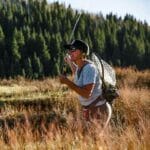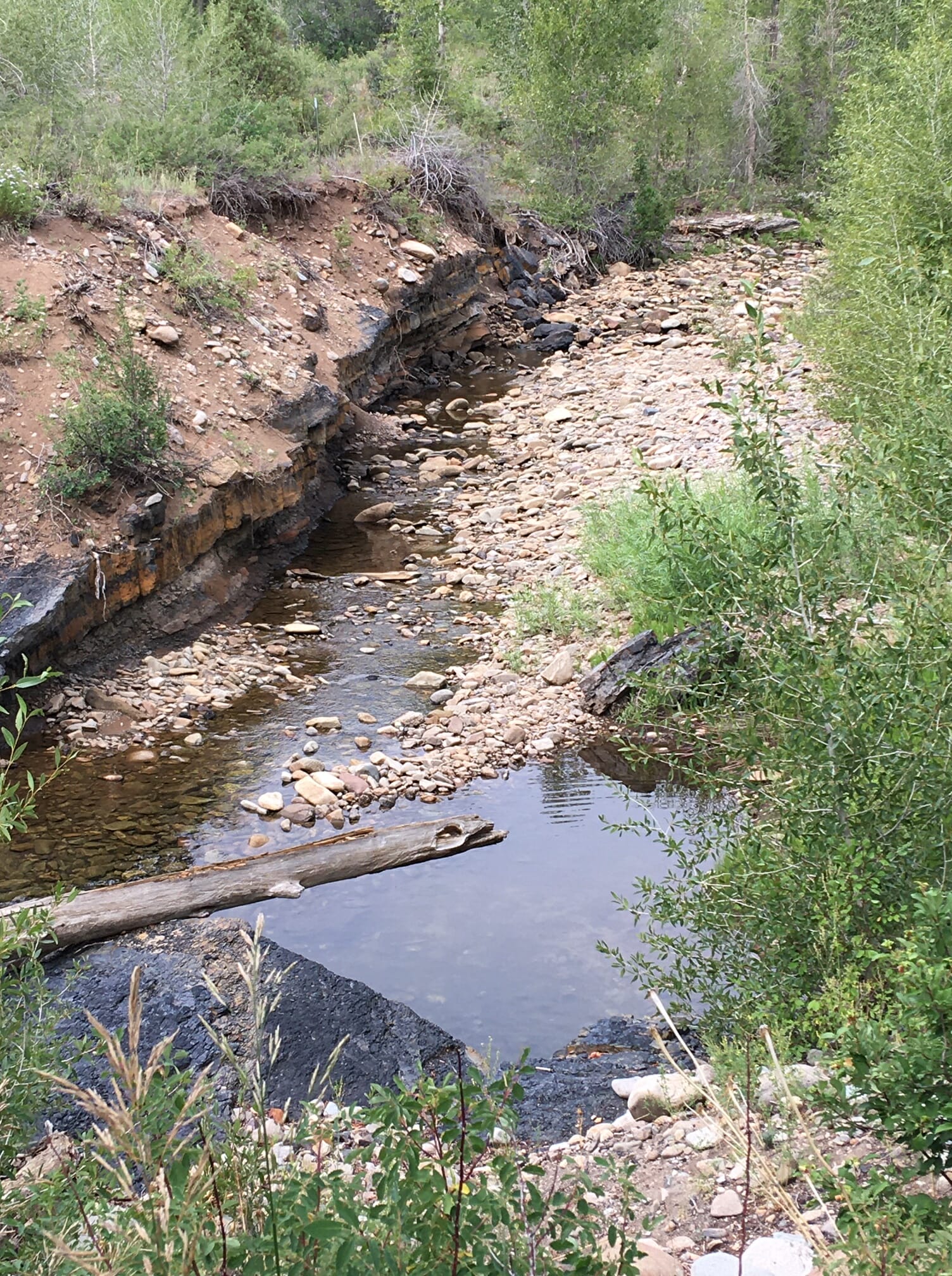There are many demands on water, especially in the West. Municipal water for drinking and other human uses, agricultural water to grow our food, recreational water to keep a thriving outdoor recreation industry afloat and numerous others. And all are important for the economy and our lives and livelihoods, but in the West, it is clear there is not enough to go around, especially during dry years.
What can we do to help combat drying rivers and reservoirs? How can each individual act to ensure water keeps flowing?
Those are complicated questions. Certainly, we can do the simple things on a daily basis: turn the water off while brushing our teeth, take shorter showers, run full loads of laundry and dishes, install water saving appliances and even rip up our beloved grass lawns for something that consumes less water. It should be a simple change in habit to apply most of these tactics to our days, but on a larger scale, conserving water is much more difficult. We still need to grow food and recreation is becoming more and more of an economic driver.
Conversations at the state level are happening in Colorado and in other western states. We are under historic obligations to send water down the Colorado River system from each of the upper river basin states, which include Wyoming, Colorado, New Mexico and Utah. There are talks to look at each user group and how more efforts to conserve water and send more water downstream can happen. Involving stakeholders at every level ensures the conversation and decisions are not one-sided. Input from all users helps the process be more robust, scalable and durable.
With all of this in mind, this time of year I often find myself wondering what the trout are thinking and feeling. In most places, there is still enough water to keep them afloat with cold water running across their gills. But in our backyard, where the La Plata River usually flows, it is now just a trickle. I’ve been known to put our hose in the one deep pool on hot days to give them a fresh source of cold water, and I certainly don’t try to fool them with a fly any longer.
I encourage you to consider the steps you can take to help conserve water, to be involved as a stakeholder (since we are all stakeholders) in the planning process, and certainly to be cognizant of when it is too hot to fish for trout. It is in the best interest of the trout and us.



